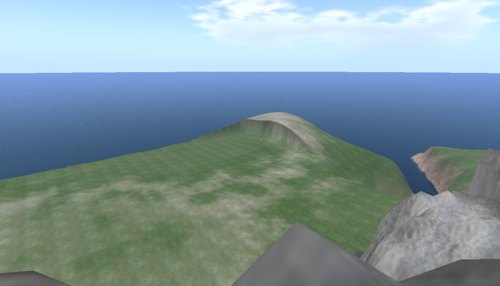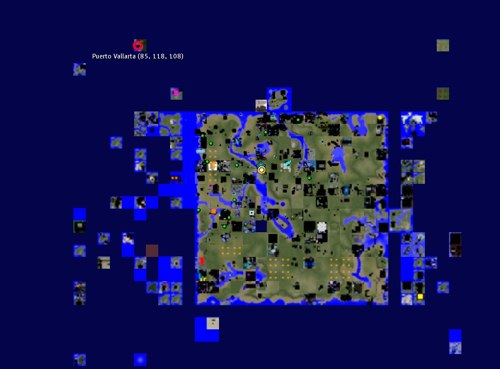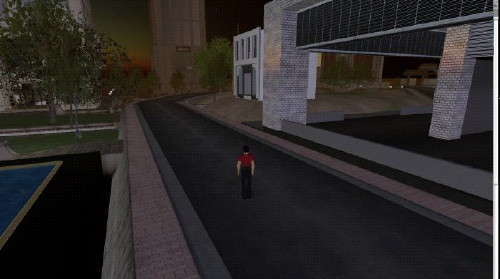Microsoft’s Kinect is rightfully getting a lot of attention from researchers. One snippet that caught my attention is a collaboration between Microsoft and a number of UK and Canada-based researchers. The result is KinectFusion.
Have a look for yourself:
The implications for virtual worlds are fairly obvious. The thing that particularly struck me is the dynamic capability of the approach even at this early stage – if something changes with the physical world environment, it is reflected virtually. For the education, science and health fields, to name three, this is huge.
One obvious example within my pet area of clinical simulation: a camera (with consent) is placed in a busy emergency department in a large teaching hospital. Emergency nursing students based at a rural university receive that feed, had it convert on the fly to 3D for use within their virtual learning environment. Students may actually ‘work’ a full shift virtually, needing to respond to the challenges of the changing environment as they occur.
As I said, there’s a long way to go (for starters, KinectFusion is about surfaces only), but the progress is rapid and exciting. Over to you: what applications could you see this being good for?



Recent Comments